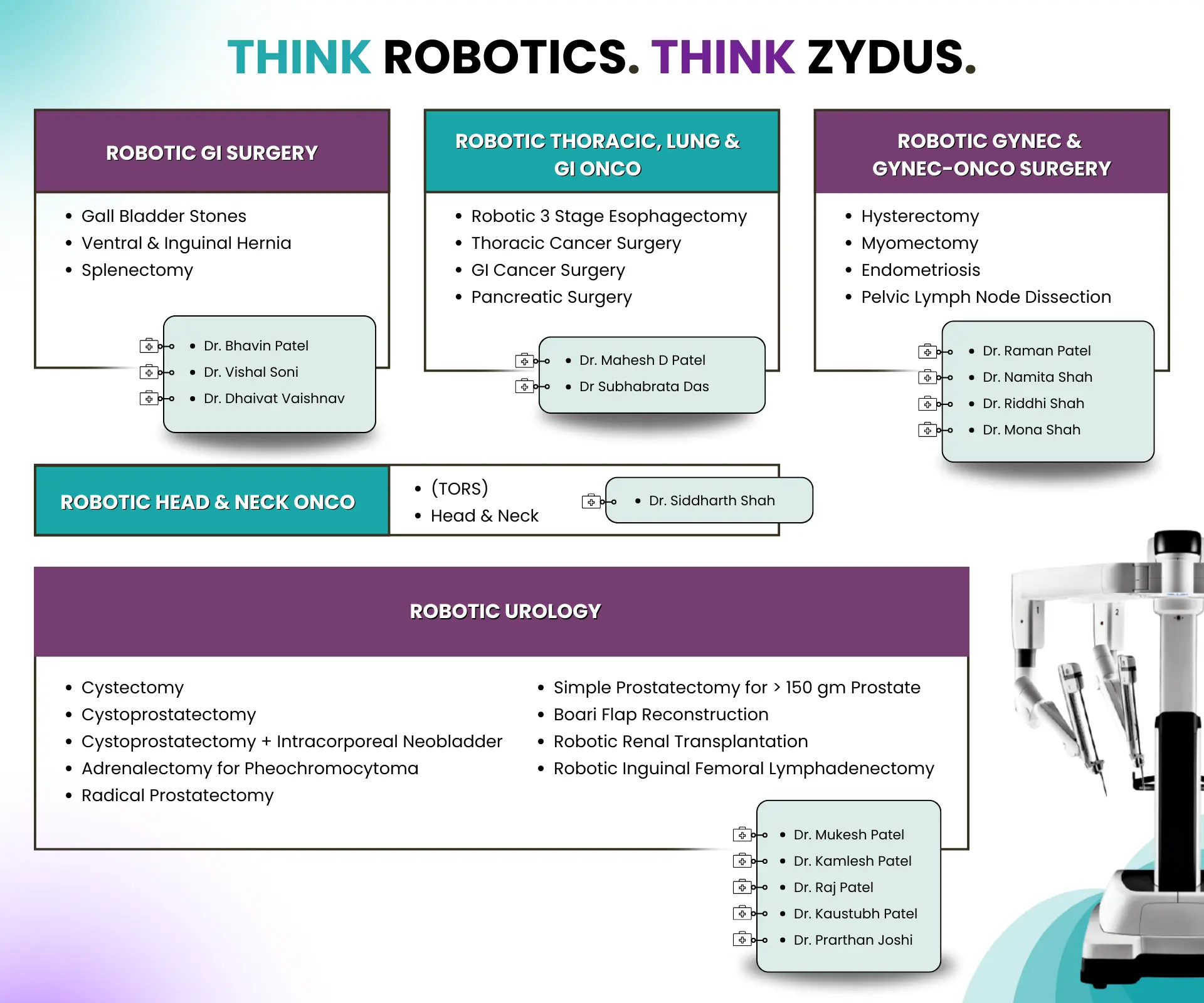
Parkinson's Disease

WHAT IS PARKINSON'S DISEASE?
Parkinson's disease is a progressive movement disorder of the nervous system. It is estimated that 6.3 million people have Parkinson’s disease worldwide, affecting all races and cultures.
THE FOUR PRIMARY SYMPTOMS OF PARKINSON’S DISEASE
1. Tremor (involuntary, rhythmic shaking of a limb, head, or entire body)
2. Rigidity (stiffness or inflexibility of the limbs or joints)
3. Bradykinesia or akinesia (slowness of movement or absence of movement)
4. Postural instability (impaired balance and coordination)
THE CAUSES OF PARKINSON’S DISEASE
• It is caused by the degeneration of a small part of the brain called the substantia nigra. As brain cells in the substantia nigra die, the brain becomes deprived of the chemical dopamine.
• Dopamine, a neurotransmitter, enables brain cells involved in movement control to communicate.
TREATMENT OPTIONS FOR PARKINSON'S DISEASE
1. MEDICATION
Many medications are used to treat the movement symptoms of Parkinson’s disease. These medications can be helpful in the early stages, but their effectiveness declines over time. The type of medication your physician may prescribe will depend on your symptoms and needs.
2. SUPPORTIVE THERAPIES
• Physiotherapy
• Occupational therapy
• Speech and language therapy
• Dietary changes
3. DEEP BRAIN STIMULATION SURGERY
• DBS is a treatment that sends electrical pulses to specific brain areas that control movement. This involves a surgical procedure to implant leads in the brain, connected to a neurostimulator device under the skin of the chest or abdomen.
• The device sends electrical pulses through extension cables to the leads and electrodes placed in an area of the brain that controls movement.
• DBS therapy is reversible and can be discontinued at any time by turning off the neurostimulator or surgically removing the device.
BENEFITS OF DBS
• UP TO FIVE ADDITIONAL HOURS OF GOOD MOVEMENT WITHOUT DYSKINESIA
It means no troubling symptoms like shaking, stiffness, and difficulty moving.
• LESS MEDICATION
DBS therapy is an implanted solution that provides more relief, not more medication.
• IMPROVES QUALITY OF LIFE
It improves quality of life by 13% to 26% compared to before receiving DBS. Improved quality of life includes feeling better emotionally, feeling less embarrassed in public, moving about more easily, and having less physician discomfort.
• IMPROVES ACTIVITIES OF DAILY LIVING
DBS therapy can make routine daily activities easier, such as writing, drinking, dressing, and bathing.
• ADJUSTABLE
The electrical stimulation of DBS therapy can be changed as Parkinson's progresses. No further surgery is necessary to make adjustments.
• REVERSIBLE, NOT PERMANENT
DBS therapy is not permanent so future treatment options remain open. The DBS system can be turned off or removed at your discretion.
• WORKS DAY AND NIGHT
DBS therapy works 24 hours a day with minimal maintenance or effort. Unlike an external drug pump, DBS therapy does not require removal at night, cleaning, refilling, or maintenance.



